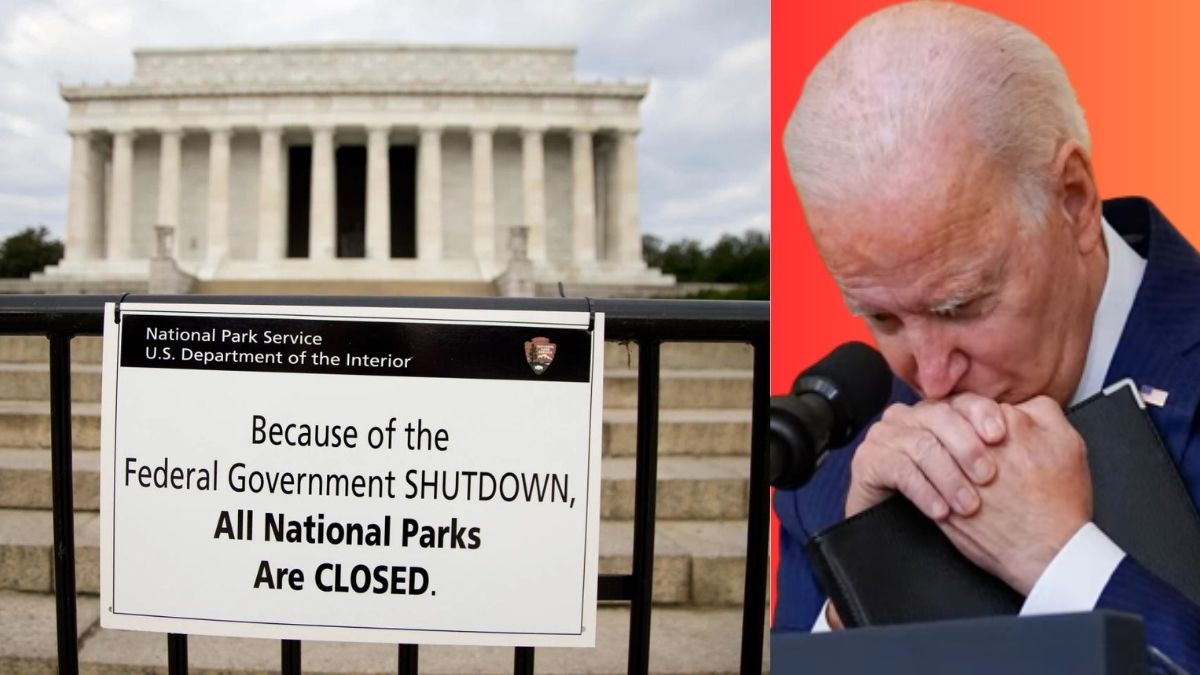When a lapse in funding occurs, the law requires agencies to cease activity and furlough their “non-excepted” employees
Washington is just hours away from yet another federal government shutdown, with prospects looking rather bleak for a last-minute compromise in Congress to avoid federal closures beginning at 12:01 a.m. Wednesday (October 1, 2025).
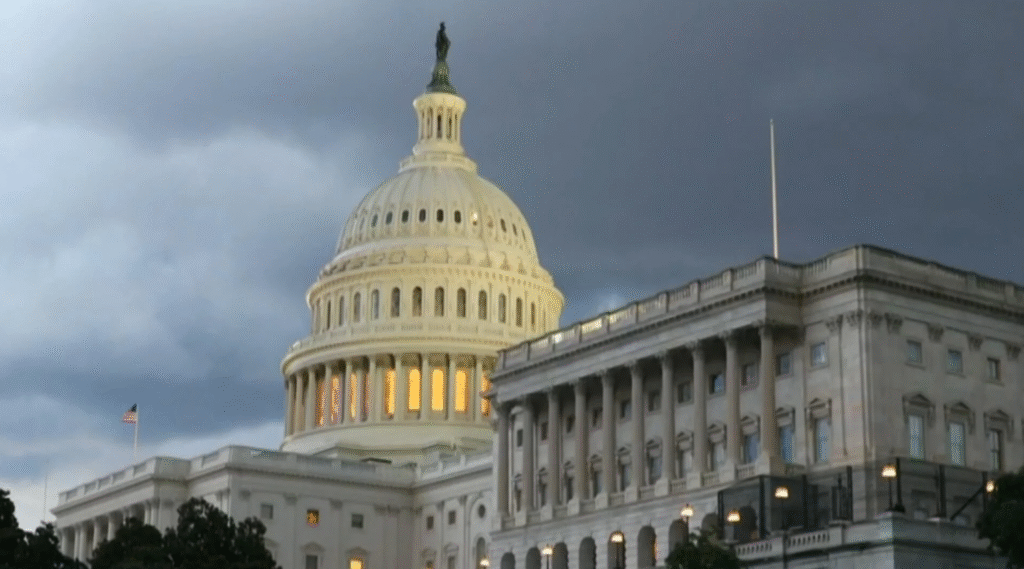
Republicans have crafted a short-term measure to fund the government through November 21, but Democrats have insisted that the measure address their concerns on health care. They want to reverse the Medicaid cuts in President Donald Trump’s mega-bill that passed this summer, as well as extend tax credits that make health insurance premiums more affordable for millions who purchase through the marketplaces established by the Affordable Care Act. Republicans say the Democratic proposal is a non-starter.
Neither side is showing any signs of budging, with the House not even expected to have votes this week.
What happens during a shutdown?
Hundreds of thousands of government employees might be furloughed or made to work without pay during a full or partial government shutdown. Essential services like social security, military duties, immigration enforcement, and air traffic control will continue; however, other services may be disrupted or delayed.
Food safety inspections, immigration hearings, and air travel may be disrupted. While the larger economy may not feel the impacts right away, a prolonged closure may slow economic growth, disrupt markets, and erode public confidence.
US GOVERNMENT SHUTDOWN IN 13 HOURS 😱😱
— Wise Advice (@wiseadvicesumit) September 30, 2023
The US government is on the brink of shutdown if Congress fails to reach the deal.
In the case of a 🇺🇸US government shutdown👇
🔴 1.3 million active-duty members will have to work without pay.
🔴 Most of the infrastructure… pic.twitter.com/Lwf9JTvJ9y
Previous Shutdowns
A standoff during the President’s first term in 2018 between Trump and Democrats resulted in a government shutdown of 34 days, according to The Guardian. About 800,000 of the federal government’s 2.1 million employees were impacted. Here’s what you need to know about the government shutdown.
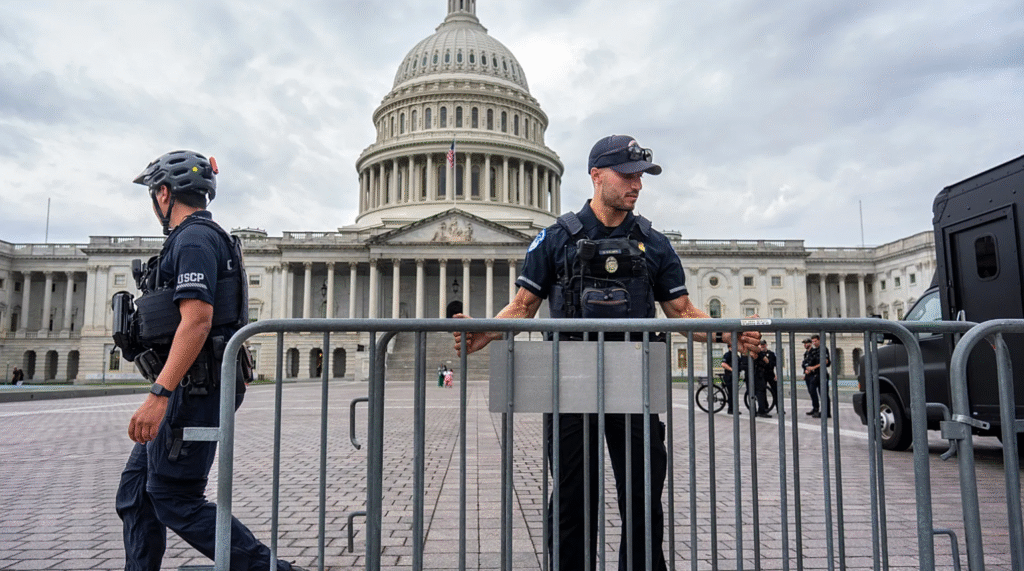
Before this, in 2013, the government shut down for a total of 16 days when Congress was unable to agree on a budget for the new fiscal year.
Current Situation
The US government is facing a potential shutdown on October 1, 2025, due to a lack of agreement on a short-term funding bill. The White House has instructed agencies to prepare for permanent mass layoffs in programs that may lose funding.
The White House’s Office of Management and Budget released a memo on Wednesday, advising agencies to prepare for permanent layoffs in the event of a shutdown. “Programs that did not benefit from an infusion of mandatory appropriations will bear the brunt of a shutdown, and we must continue our planning efforts in the event Democrats decide to shut down the government,” it read.
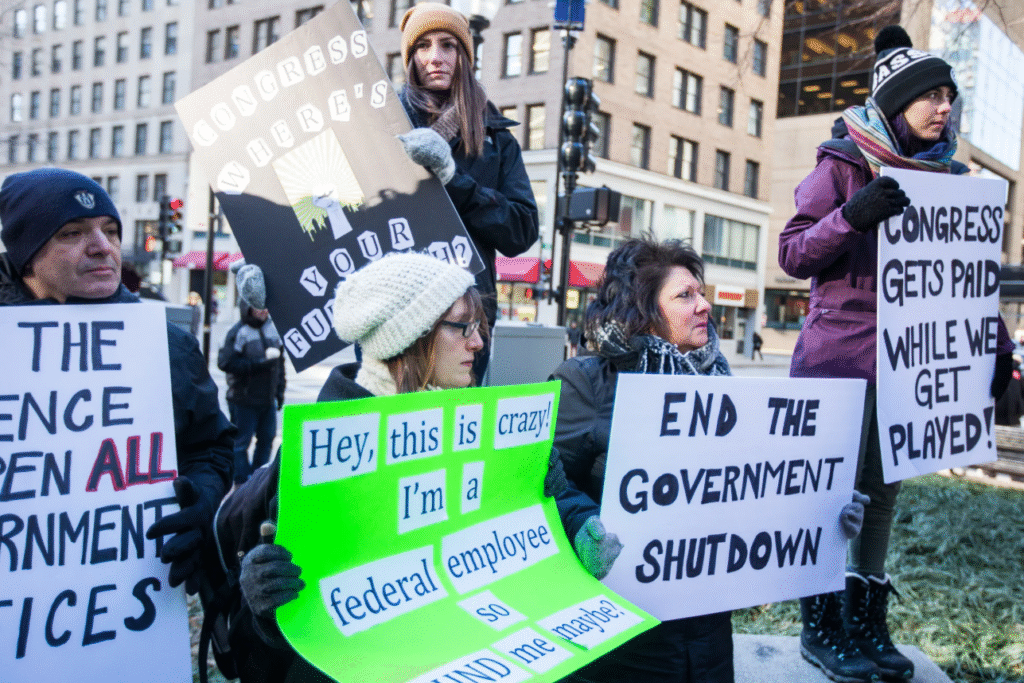
Why is the US facing a government shutdown this time?
The new fiscal year begins on October 1, so Congress must pass a funding measure before the end of September to avoid a lapse.
Last week, the Senate rejected competing stopgap solutions to avoid a government shutdown after the Republican-controlled House narrowly passed a funding bill with only one Democrat voting in favour. Earlier this week, Trump cancelled meetings with Democratic congressional leaders, claiming that a meeting would be ‘productive’ and dismissing their demands as ‘unserious’.
The move enraged Democrats, with Senate Minority Leader Chuck Schumer and House minority leader Hakeem Jeffries blaming the President and congressional Republicans, who control both houses, for the potential shutdown.
Senate Minority Leader Chuck Schumer and House Minority Leader Hakeem Jeffries have publicly criticised the President for quitting negotiations. In a press conference, Jeffries declared, “Democrats will not be intimidated,” in response to the administration’s threats to fire federal workers if the government shuts down.
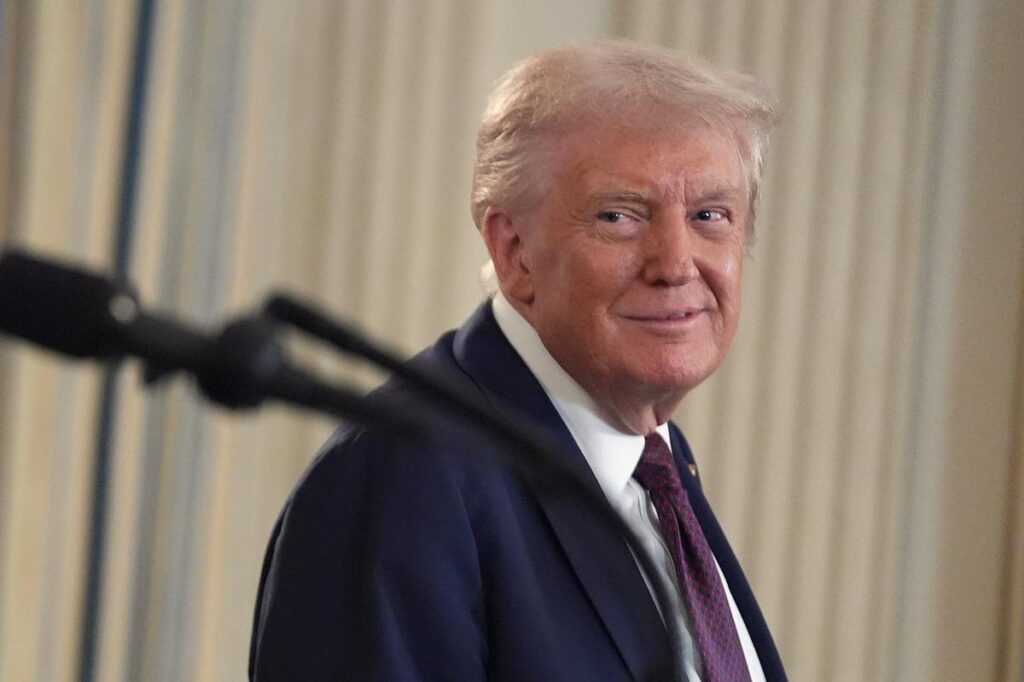
Speaking with CNN, House Speaker Mike Johnson said, “Chuck Schumer came back with a long laundry list of partisan demands that don’t fit into this process, and he’s going to try to shut the government down. The President wants to talk with him about that and say, ‘Please don’t do that.’”
Schumer responded by stating that if Trump takes negotiations seriously, a shutdown may be avoided. “If the President at this meeting is going to rant, and just yell at Democrats, and talk about all his alleged grievances, and say this, that, and the other thing, we won’t get anything done. But my hope is it’ll be a serious negotiation,” Schumer told NBC.
Aggressive than previous shutdowns
That would be a much more aggressive step than in previous shutdowns, when furloughed federal workers returned to their jobs once Congress approved government spending. A reduction in force would not only lay off employees but also eliminate their positions, which would trigger yet another massive upheaval in a federal workforce that has already faced major rounds of cuts this year due to efforts from the Department of Government Efficiency and elsewhere in the Trump administration.
Some agencies have recently updated plans on their websites. Others still have plans that were last updated several months or years ago, providing an indication of past precedent that could guide the Trump administration.
Here are some excerpts from those plans:
Health and Human Services will furlough about 41% of its staff out of nearly 80,000 employees, according to a contingency plan posted on its website. The remaining employees will keep up activities needed to protect human life and property.
The Centers for Disease Control and Prevention will continue monitoring for disease outbreaks. Direct medical services through the Indian Health Service and the National Institutes of Health Clinical Center will remain available. However, the Centers for Disease Control and Prevention communications to the public will be hampered and NIH will not admit new patients to the Clinical Center, except for whom it is medically necessary.
At the Food and Drug Administration, its “ability to protect and promote public health and safety would be significantly impacted, with many activities delayed or paused.” For example, the agency would not accept new drug applications or medical device submissions that require payment of a user fee.
The Education Department will furlough about 1,500 of 1,700 employees, excluding federal student aid workers. The department will continue to disburse student aid such as Pell Grants and Federal Direct Student Loans. Student loan borrowers will still be required to make payments on their outstanding debt. The department would cease new grantmaking activities, but most grant programs typically make awards over the summer so there would be limited impact.
National Park Service: As a general rule if a facility or area is inaccessible during non-business hours, it will be locked for the duration of the lapse in funding, said a March 2024 plan. At parks where it is impractical or impossible to restrict public access, staffing will vary by park. “Generally, where parks have accessible park areas, including park roads, lookouts, trails, campgrounds, and open-air memorials, these areas will remain physically accessible to the public.”
Transportation: Air traffic controller hiring and field training would cease, as would routine personnel security background checks and air traffic performance analysis, according to a March 25 update.
Smithsonian Institution: “The Smithsonian’s National Zoo and Conservation Biology Institute, like all Smithsonian museums, receives federal funding. Thus, during a government shutdown, the Zoo — and the rest of the Smithsonian museums — must close to the public.”
Phillip Swagel, director of the Congressional Budget Office, said a short shutdown doesn’t have a huge impact on the economy, especially since federal workers, by law, are paid retroactively. But “if a shutdown continues, then that can give rise to uncertainties about what is the role of government in our society, and what’s the financial impact on all the programs that the government funds.”
“The impact is not immediate, but over time, there is a negative impact of a shutdown on the economy,” he added.
Markets have not reacted strongly to past shutdowns, according to Goldman Sachs Research. At the close of the three prolonged shutdowns since the early 1990s, equity markets finished flat or up even after dipping initially.
A government-wide shutdown would directly reduce growth by around 0.15 percentage point for each week it lasted, or about 0.2 percentage point per week once private-sector effects were included, and growth would rise by the same cumulative amount in the quarter following reopening, writes Alec Phillips, chief U.S. political economist at Goldman Sachs.
Also read :
Dolly Parton Postpones Las Vegas Shows for December, Due to Health Issues
SpaceX to launch 28 Starlink satellites from California base
What we know about Thomas Jacob Sanford, the Michigan church shooting suspect

